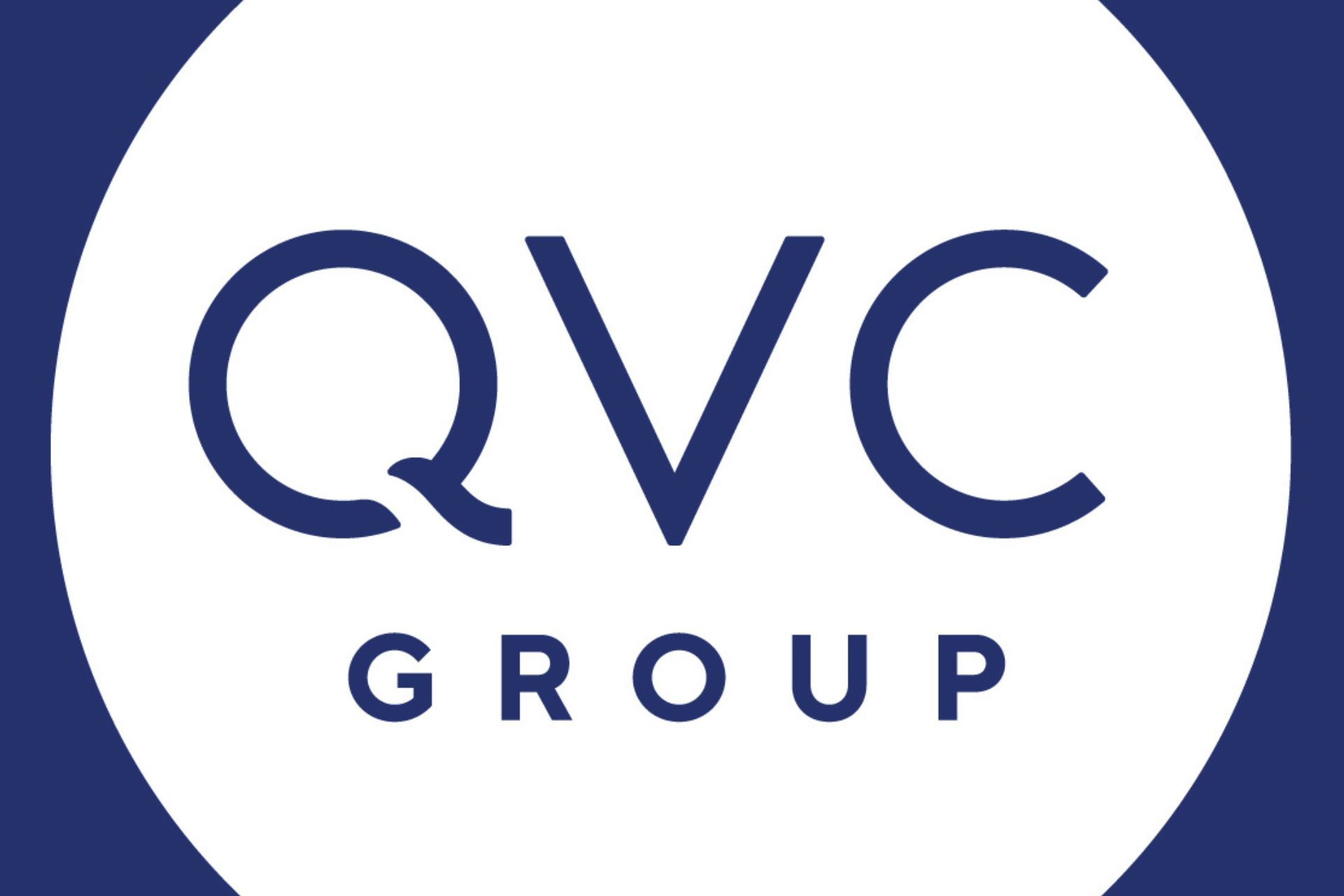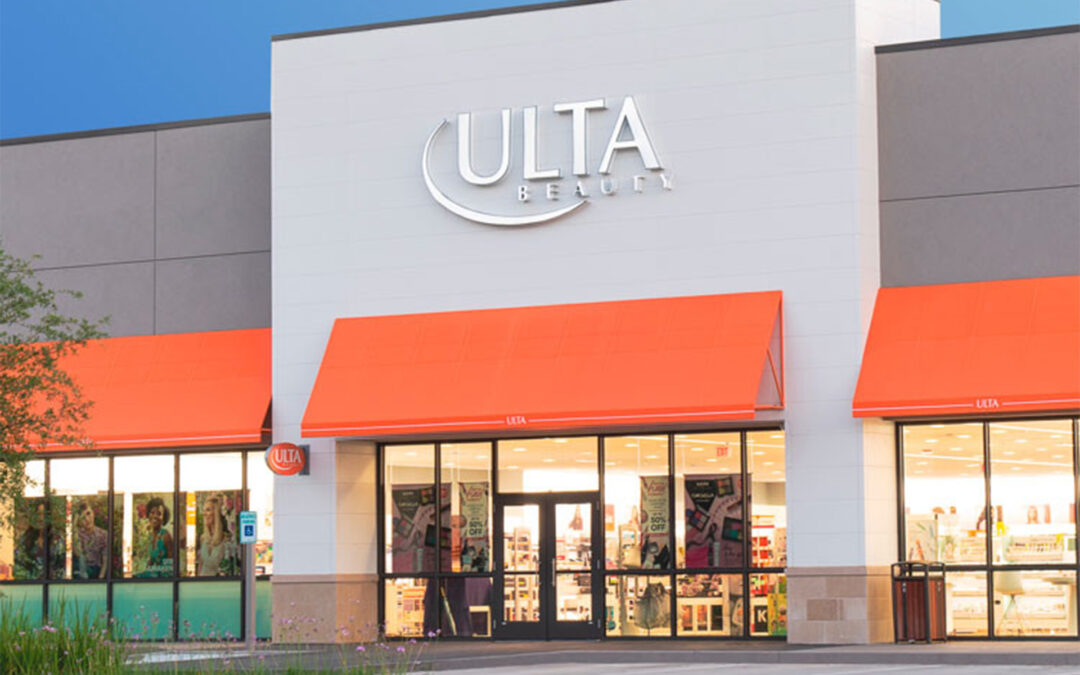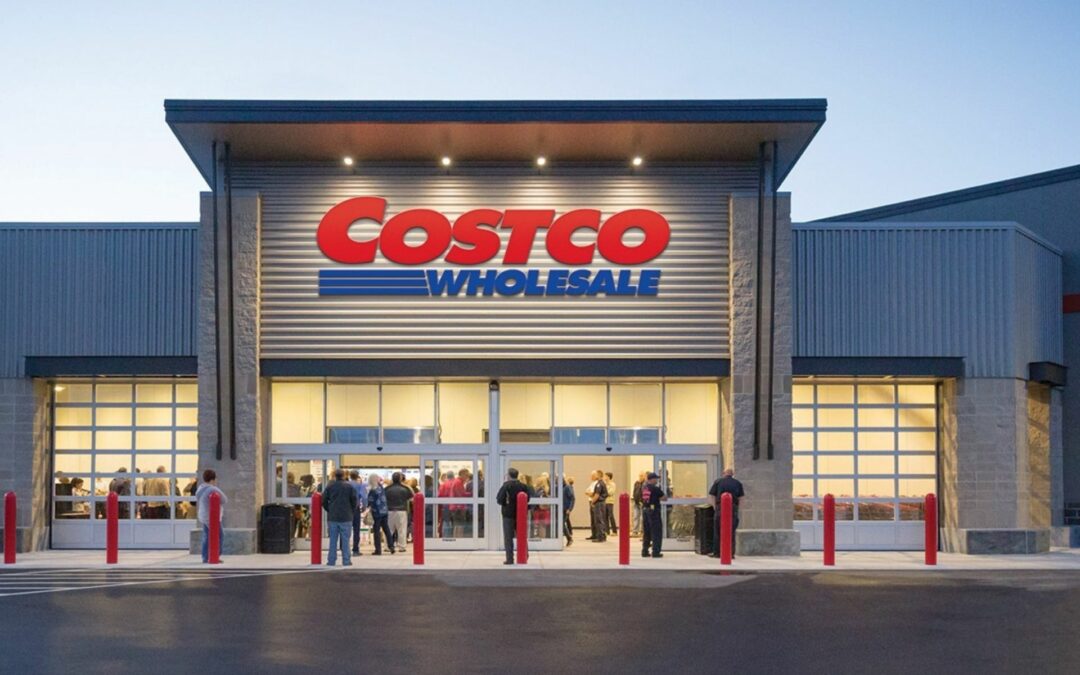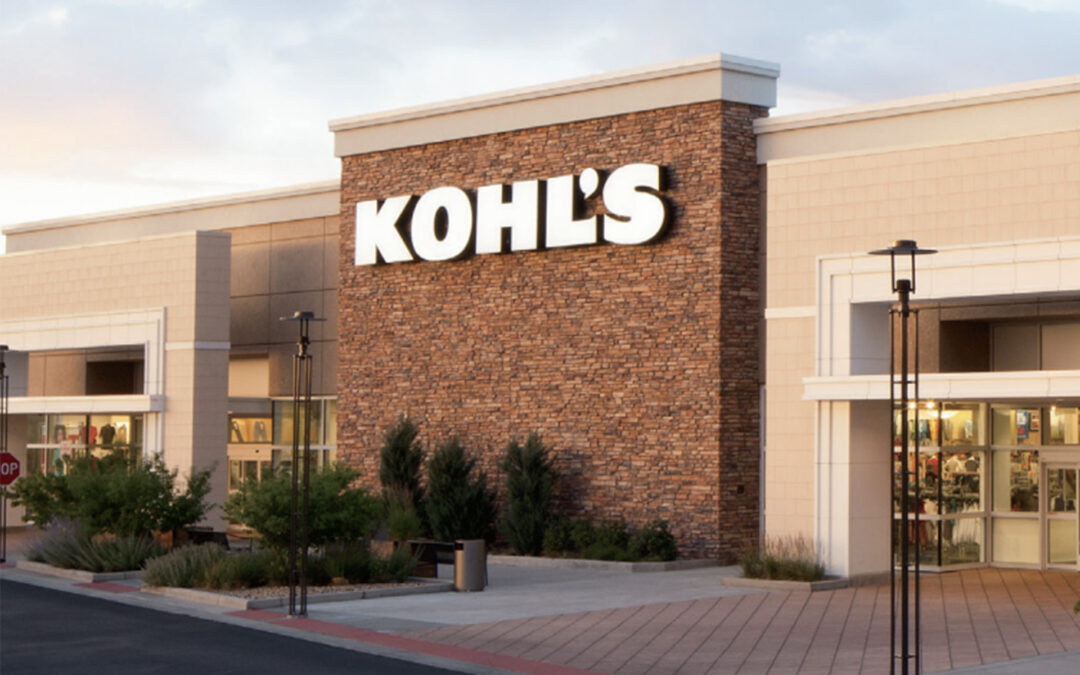As the company continues restructuring its business even as it wrestles with tariff issues, QVC Group posted a higher net loss in the first quarter as revenue declined.
Revenue was $2.11 billion versus $2.34 billion in the year-before quarter. Operating income was $14 million versus $145 million in the year-previous period, the company reported.
QxH revenue, covering QVC and HSN operations, declined to $1.37 billion from $1.54 billion in the quarter, year over year, primarily due to a 10% decrease in units shipped, a 2% decline in average selling price, and lower shipping and handling revenue, partially offset by favorable returns. Operating income declined from $94 million to nil year over year as the company recorded a restructuring charge of $36 million and suffered higher fulfillment costs and sales deleverage, partially offset by lower selling, general and administrative expenses, favorable commission rates and higher product margins.
Cornerstone revenue decreased to $200 million from $231 million in the quarter, year over year, primarily due to continued softness in interior furniture, outdoor furniture, and decor in the home sector and for apparel at Garnet Hill. Operating loss increased year over year from $11 million to $3 million as the company dealt with sales deleverage and higher administrative costs related to a previously announced transformation plan, partially offset by lower fulfillment and supply chain costs.
In a conference call, David Rawlinson, president and CEO of QVC Group, said tariffs are impacting the company’s operations. Although it has made supply chain adjustments, China remains QVC’s biggest import exposure. With the current level of tariffs, QVC is actively shifting more sourcing to other countries, targeting a sourcing mix so that no single nation represents more than one-third of sourced goods by year’s end. In addition, QVC has canceled contracts with some vendors and embraced prudence about placing new orders with vendors from China at the existing tariff levels. At the same time, the company is negotiating with many existing vendors in an attempt to share the tariff impact and may take price action on certain goods where necessary.
The company has also made changes based on its restructuring efforts, examining all areas of spending across the company. In March, Rawlinson pointed out that QVC announced a global reorganization that affected a significant portion of employees but was necessary to improve the company’s cost structure. QVC closed its St. Petersburg, FL, facility and has been transitioning HSN operations to the company’s Studio Park campus in Westchester, PA. QVC also adopted a new IT managed services model that allows the company to reinvest in critical technology upgrades, including fulfillment and order management systems, and, in general, it continues to work on costs, Rawlinson said.
In announcing the first quarter financial results, he said, “In the first quarter, we faced a challenging market backdrop. While the impacts are being felt across retail, we are particularly challenged as linear television viewership continued to decline, and tariff volatility strongly impacted consumer sentiment in discretionary retail. We continue to execute on our long-term strategy and are working to remain agile as we navigate these current headwinds. In particular, we believe social shopping is a transformative opportunity and are moving quickly to be a leader here. QVC’s agreement with TikTok is a first-of-its-kind partnership for 24/7 content creation and is one example of the innovation we will continue to deploy to reinvent our business.”





